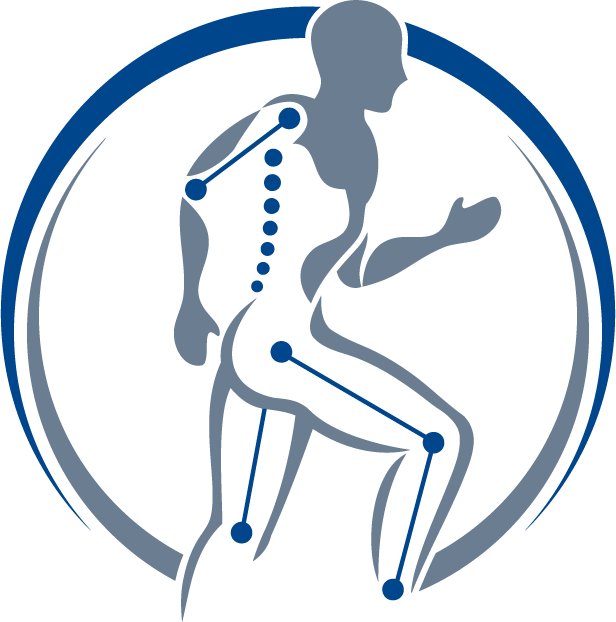Pure Barre: Knee Valgus Posture
You may have heard your pure barre instructors discuss knee posture during class, particularly during lunging positions. Knee posture is one of those areas that is a focus of fitness classes but commonly overlooked in daily life. The knee joint is a hinge joint - think about how it should open and close. While it can rotate, in general rotation of the knee creates problems. Fortunately, the knee is well studied! There are lots of research publications available on knee posture and its impact on osteoarthritis, meniscus tears, ACL tears and patellofemoral pain.
Today we are going to talk about knee posture called knee valgus (genu valgum). It is most important to correct this posture when the knee is under load, such as standing, squatting, or walking up stairs. It is also important to correct knee valgus posture during static activities, like sitting and sleeping to avoid creating laxity in the ligaments in the knee joint that keep it stable.
What causes knee valgus when under load? Well there are a few things that can occur in isolation or combination:
Poor recruitment or weakness of gluteals when standing, squatting or walking up stairs. You are so lucky you have found Pure Barre classes. The strength training provided in Pure Barre does a wonderful job of working on the gluteals! This muscle group is often difficult to train in standard group fitness classes and we are particularly well trained to use the gluteals in class. It is important that we continue to use the gluteal group not just in class, but throughout the day to help align the knee. When you relax the gluteal and put weight through the leg, the thigh (femur) rotates inward and turns the knee inward. This is the most common cause of knee valgus.
Example of knee valgus during a step up. Followed by the corrected version.
Poor posture of the foot and ankle when standing, squatting or walking up stairs. If you reviewed June’s blog, you will remember our discussion on changing foot posture. When the arch of the foot collapses downward, the tibia rolls inward and drives the knee in.
Example of knee valgus during a squat, followed by the corrected version.
Unique structure variations at the foot, knee or hip. While this is the least common cause of knee valgus, in many cases those of us with these structural variations cannot change the posture easily. But, if you fall in this category, it is even more important that you think about your posture during the day to reduce stress on your joints. The strength training you complete in Pure Barre classes will help to support your knee in it’s natural structure.
What is the goal with knee posture? Well, we would like for the knee to be pointing generally in the direction of the 2nd-3rd toe on the foot. If you had a laser pointer shooting out from the knee cap and one shooting out from the 2-3rd toe they would be pointing in the same direction. We always want to keep the foot and knee in the same plane regardless of the exercises we are doing. So if the feet are pointing forward then point the knees forward. If the feet are pointing out to the side, point the knee out to the side. We want to avoid pointing the foot one direction and the knee a different direction (even if it’s slight).
Ideally, the direction of the knee is controlled by the muscles in the foot and those in the hip because they have the ability to control rotation of the leg. The muscles around the knee mostly bend and straighten the knee (remember hinge joint) and do not control rotation well.
A few examples of PB exercises in good and poor knee alignment:
What should be done at rest? See the exampled below of how to protect your knee joint while sitting and sleeping.
If you have questions about knee posture in class, please reach out to your Pure Barre instructor! Remember knee posture corrections should always feel better for your body and not worse. If you are having difficulty correcting your knee posture during exercise or daily activities make a note of what causes the pain and reach out to us so we can identify what’s causing the problem and how to solve it. Everyone is unique and learning what’s normal for you is empowering.
To your movement health,
Ann & Jesse
This blog is not intended as medical or professional advice. The information provided is for educational purposes only and is not intended to serve as medical or physical therapy advice to any individual. Any exercise has potential to cause injury or pain if it is incorrectly done or is not the right exercise for an individual’s medical or physical problems. You should consult with a physical therapist or medical provider for individualized advice.








